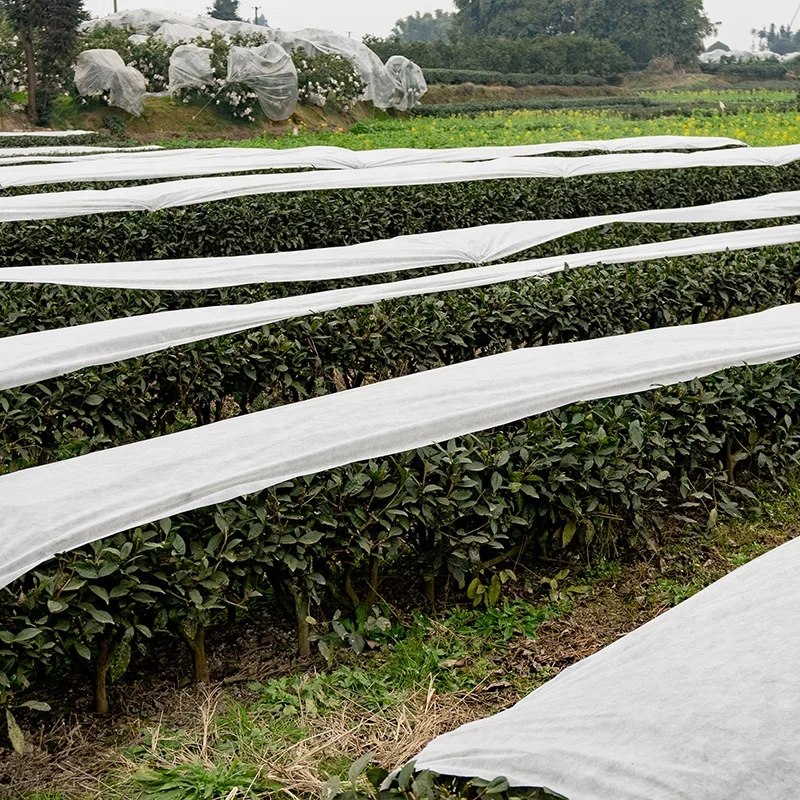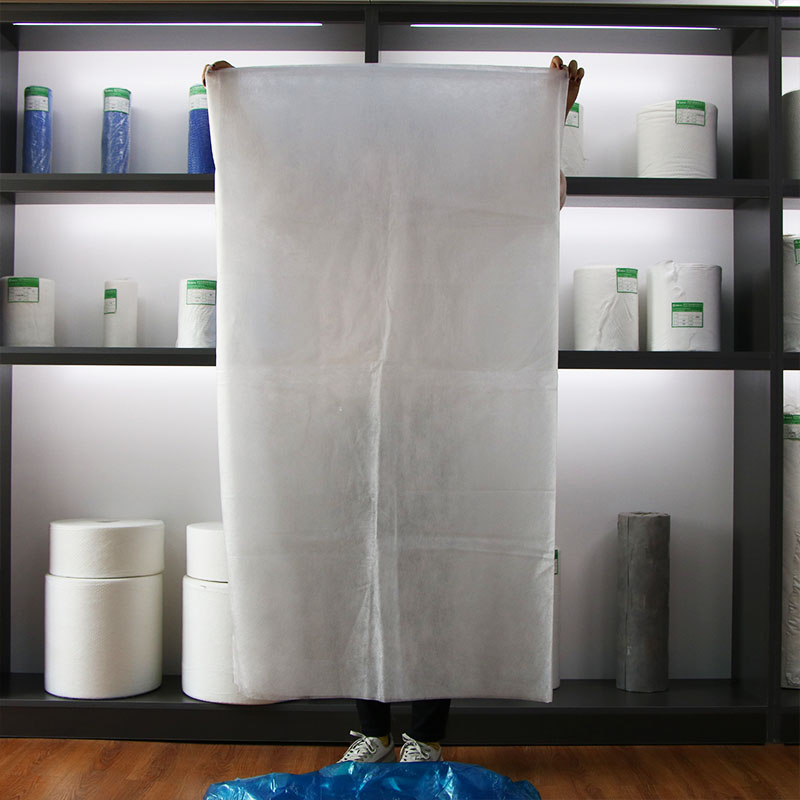Non-Woven Fabrics And Their Uses In Agriculture
In the beginning of the petrochemical industries, non-woven fabrics were produced. Non-woven fabrics were used primarily due to their softness, bulkiness and their ability to be packaged easily, covering, as well as filling. Non-woven fabric has expanded their use to many different fields such as commerce, civil engineering treatment, agricultural and environmental engineering. Its existence can easily be discovered everywhere, and even in its early agricultural uses. Non-woven fabrics are similar to fabric composed of short and long fibers that are joined by chemicals, heat or mechanical treatments. It is generally accepted that woven material is more durable and durable than nonwoven fabrics. There are other non-woven fabrics. Non-woven fabric is used in many industries. They are less prone for production when compared with the woven fabric, and the markets for non-woven fabric are growing, evolving, and growing. See this agriculture non woven fabric for recommendations.
Non-Woven Industry development. Nonwoven fabric is a product that came out from the plastics and petrochemical industries following the introduction film. It is lighter and better well ventilated than plastic. It is widely used in medical and hygiene products like facial napkins and sanitary napkins. towels. Later, engineering was applied to it. Non-woven fabrics are used in the production of vegetable products to protect against cold damage. While non-woven fabric production is more complicated than plastic film production, the basic raw materials are essentially the same. This includes PVC (polyvinyl chloride), PE (polyethylene), EVA (Ethylene Vinyl Acetate copolymer), PVA (polyvinyl alcohol), and so on. You can create a thin plastic film from conventional plastic by melting it and inflating. It is continuous. It can be stretched for a long time. The film's surface is devoid of pores. It is an impermeable film which blocks the exchange and movement of any molecules through the film. The industry of textiles grew quickly and artificial chemical fibers made of the above-mentioned materials became the most well-known. But , in essence these fibers are still woven into cloth by traditional warp and weft weaving. The non-woven material is made by connecting fibers in the same plane, at various angles in all directions. It's impossible to use traditional warp and weave methods. Compared with traditional woven fabrics, it has better material properties, and its production process can go from the raw material to finished products in one go. This cuts down on the traditional drawing process and results in less production costs. The fashion industry has been using non-woven fabrics in large quantities in recent years. The development of production technology and advances in material science have made non-woven fabric more flexible and widely used in recent years. There are many different materials and products that are encountered in everyday life. The demand for non-woven fabrics in agriculture has risen primarily because of their lightness, easy production, and variety. See this non woven weed fabric for more information.

Applications of Non-Woven Fabrics in the Agricultural IndustriesNon-woven textiles were first used in agriculture in Europe in 1978 to keep the carrots warm during early harvesting and to guard against tomato leaf virus and whiteflies. Non-woven fabrics are used in the United States are used for mulching cantaloupes sweet peppers, tomatoes, and root vegetables. They are used to conserve the heat, encourage early harvesting, and to control insects. Non-woven fabrics are typically employed as covers for surfaces, such as grass-proof mats. Short fibers are also utilized for the creation of water-absorbing blankets. These are placed on nursery beds so that the roots can fully absorb any water. They also can be used as the primary medium for the production of turf. They are utilized to grow large woody trees such as garden trees and fruit trees. In Taiwan along with the previously mentioned purposes non-woven fabric is utilized in crop protection. They are also used extensively to reduce energy consumption in large greenhouses. Double-layered covers and canopy curtains help reduce heat loss and radiation in the evening. TAVIK fabrics are non-woven, spun-bonded non-woven TAVIK fabrics with high densities were first utilized to shade and protect the cauliflower bulbs. Because of its superior shading capability, its lower thermal conductivity and easy recycling, it was swiftly welcomed by farmers. Then, it was gradually employed for heat preservation and insect-proof cultivation of leaf vegetables. It also was used as a shade and heat preservation as well as cultivation for fruit trees and pineapples. But, because of the unique climate and ecology of Taiwan, the development of the non-woven industry has been slow. Taiwan non-woven fabric producers continue to develop non-woven technologies, with focus on air permeabilityand water absorption, as well as water repellency of non-woven fabrics. It is used in preservation and storage of agricultural products. Check out this agriculture non woven fabric manufacturer for more information.
